Post by glactus on Feb 17, 2008 7:57:08 GMT
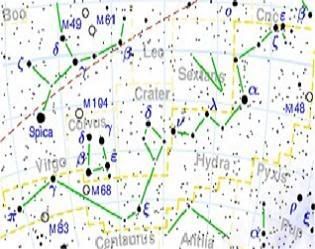
Hydra, the Water Snake, is the largest constellation of the celestial sphere. Its length spans more than a quarter around the sky (about 7 hours in alpha). Hydra can be seen best in spring time (northern hemisphere). However, the stars shine just faintly and from Europe and North America the constellation creeps close to the southern horizon.
Notable stars:
Alphard
Despite its size, Hydra contains only one reasonably bright star, Alphard which is of apparent magnitude 1.98. It is an orange giant and the brighhtest star in the constellation . Alphard means "the solitary one." Distance is 177 light years.
R Hydrae
R Hydrae is a Mira-type variable. The magnitude slowly varies over a period of 389 days, between 3.21 and 11.00. At maximum brightness the star can be seen with the naked eye, while at minimum a telescope of at least 5 cm is needed. It is a spectral class M7 star and the distance from Earth is 2,000 light years.
Epsilon Hydrae
Epsilon hydrae is a Class G5. It is a binary star with components of magnitudes 3.3 and 6.8, separated by 2.7 arcseconds. This stellar system is located about 135 light-years from Earth.
Notable objects:
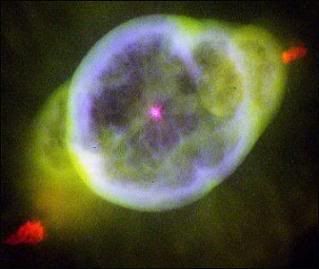
NGC 3242
NGC 3242 clearly deserves to be a Messier object. Small but bright at a visual magnitude of 8.6, this planetary nebula is often called the ghost of Jupiter because of its slight resemblance to that planet. This beautiful object gives off a soft bluish color, sometimes described as a glow, that is clearly visible even in small scopes. Distance is 1,400 light years from Earth.
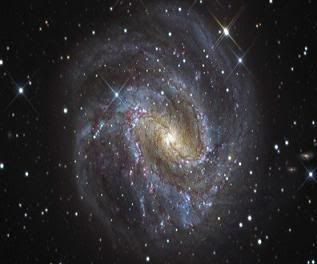
Messier M 83
M83 is a spiral galaxy sitting on the Hydra-Centaurus border farther to the east, nearly twenty degrees south of Spica (alpha Virginis) this is considered one of the brightest galaxies with a visual magnitude of about 8, other references give it only a 10. And since it is very diffuse, it may be difficult for those living in northern latitudes. Distance from Earth is 55 million light years.

NGC 2935
This spiral galaxy in located in a relatively sparse direction of Hydra. Its dimness and southern declination make this a very difficult target to image. Very subtle pink spots of emission nebulae outline the thin spiral arms. There are also a few background galaxies. Magnitude is 12.0, and distance from Earth is 15 million light years.
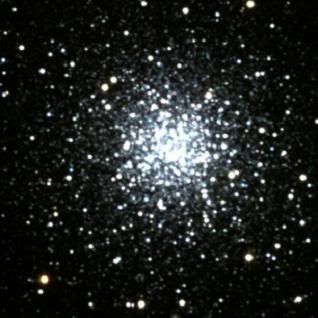
Messier M68 (NGC 4590)
M68 was discovered by Charles Messier on April 9, 1780. It is a rich globular cluster of over a hundred thousand stars, resolved in medium-sized telescopes The cluster lies in a desolate part of the sky. Magnitude is 7.8 and distance from earth is 33,000 light years.
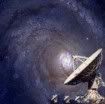
star search
credits:
hydra map: wikipedia
en.wikipedia.org/wiki/Hydra_(constellation)
image: NGC 3242 pacificviews
www.pacificviews.org/weblog/archives/001630.html
image: M83 capella
www.capella-observatory.com/ImageHTMLs/Galaxies/M83.htm
image NGC 2935 noao
www.noao.edu/outreach/aop/observers/n2935.html
image M68
www.astr.ua.edu/gifimages/m68.html


